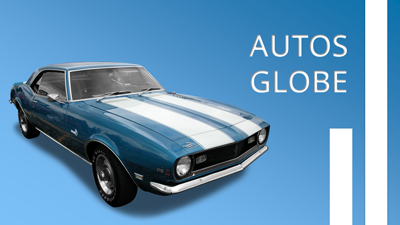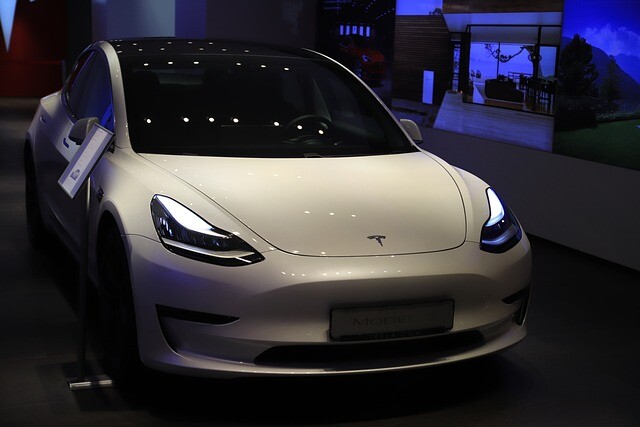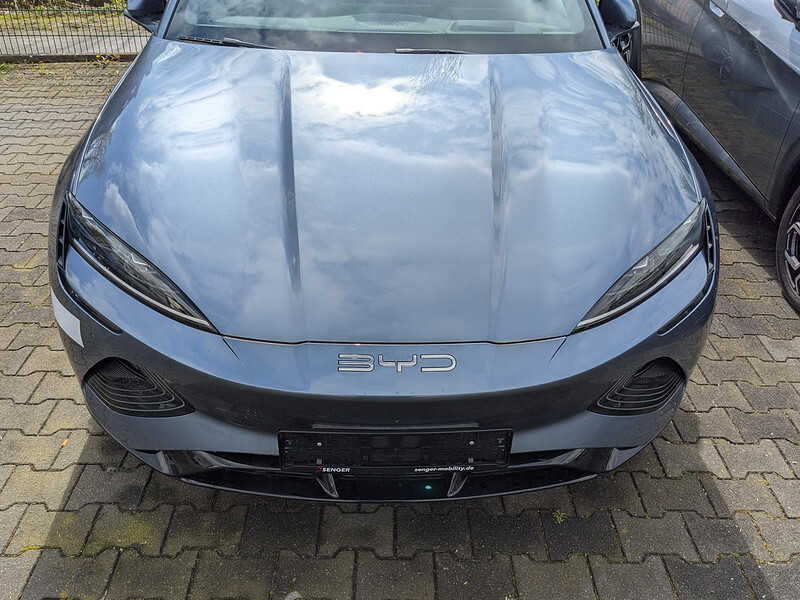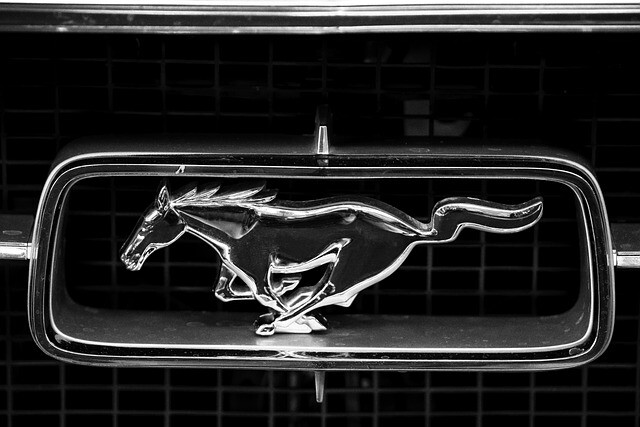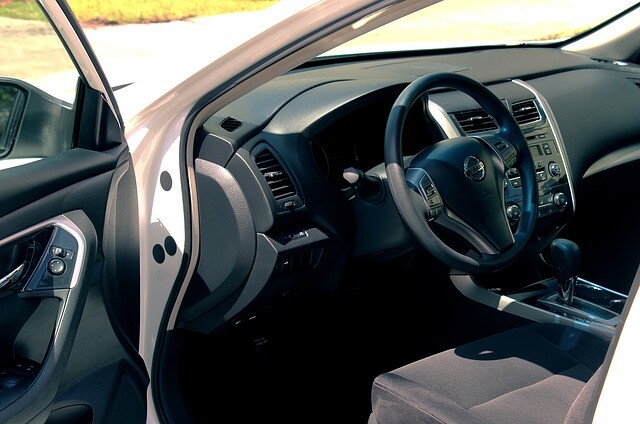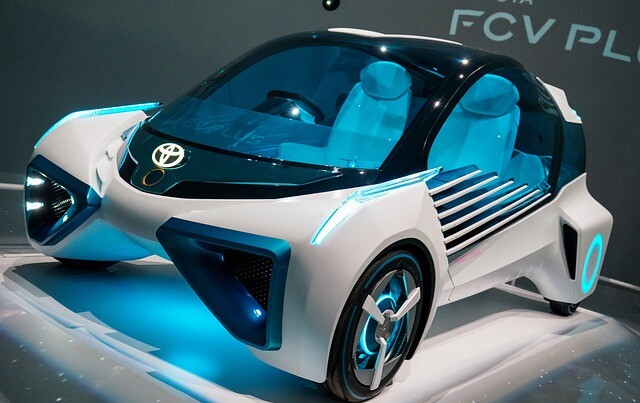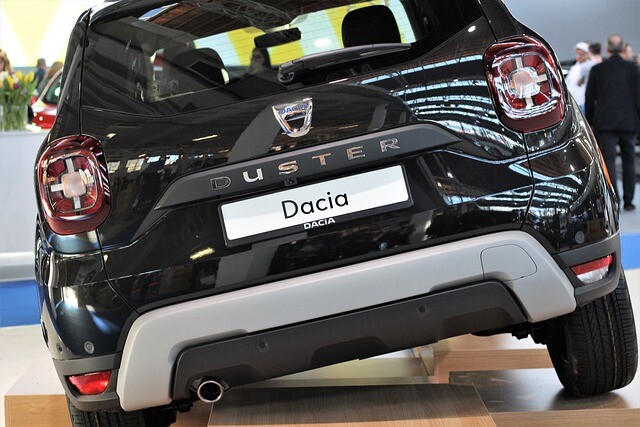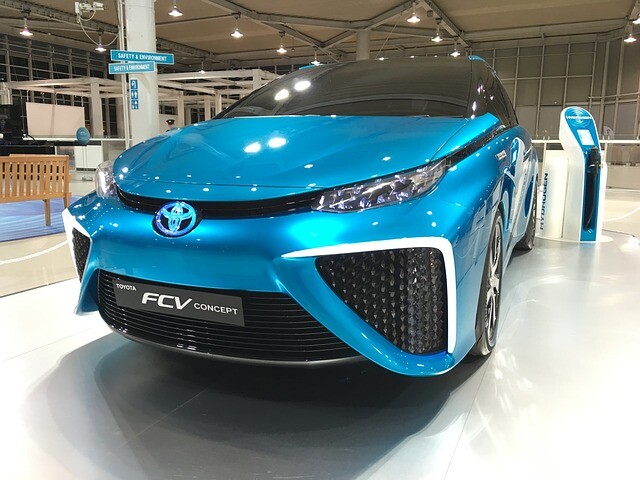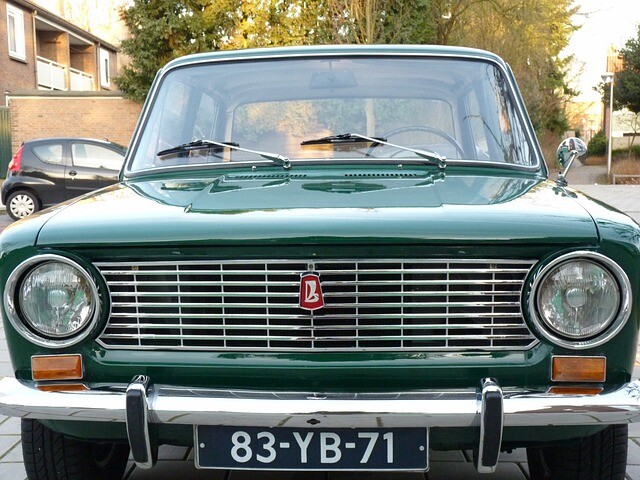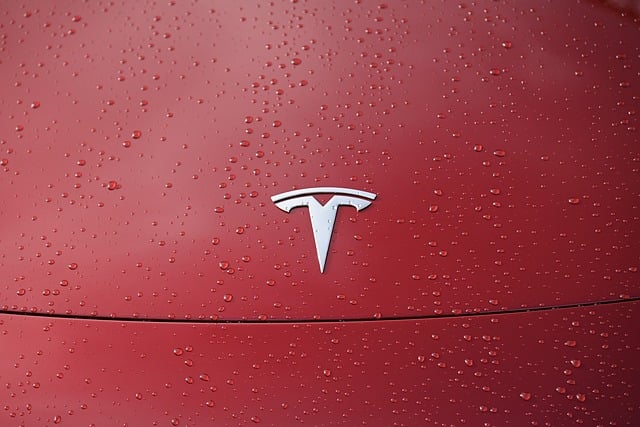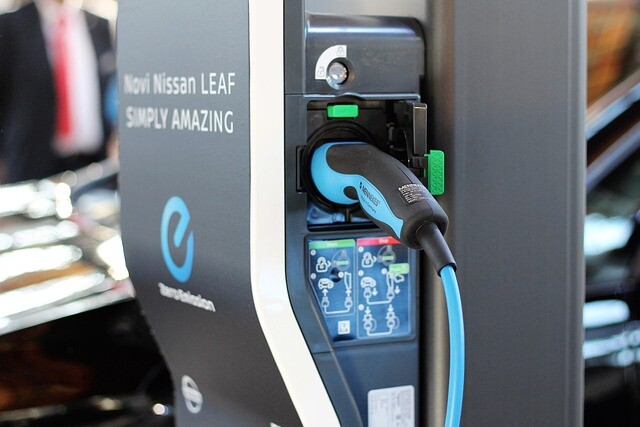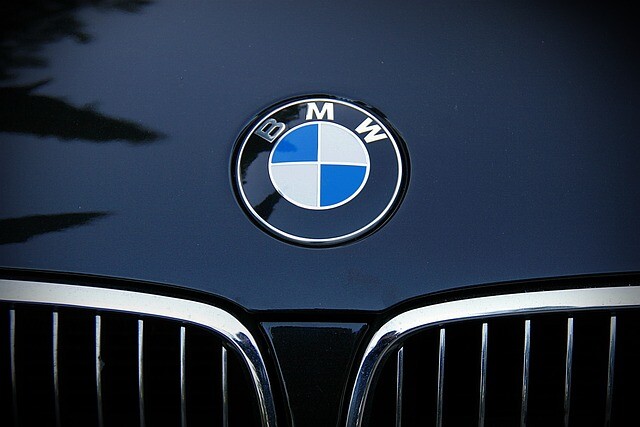That's why BMW has changed
There are several reasons why BMW's compact cross-engine arrangement is changing. In addition to satisfying consumer needs, the new model also offers significant cost savings.

We know for a long time that we are losing a real new spot with BMW 1 soon, as the only rear-wheel-drive car of the compact category will be put on a new platform and will make it out of it. The subject, of course, does not let the English press of the particular car-minder rest, so journalists have ripped up BMW, why it might have happened.
The answers are extremely rational and of course understandable, but the brand's fans will find it difficult to make friends with it. Part of the reason for this change is that in this category, customers take into account primarily the space supply and the practicality, which makes them much less excited about the end of the car. There have been several complaints about the long-range, rear-wheel drive 1-position range. With the next generation, however, the passenger compartment and, in the case of purely front-wheel drive versions, the lack of a PTO shaft, will be more spacious as well as the trunk.
Unlike the former UKL platform, however, a completely new set of builders will be used by the Bavarians, known as the FAAR. This will save € 660 per car on the model compared to its predecessor. This means that if there is only enough of it out of the way, then this is a change of 1.3 billion euros a year for the Bavarians.
In addition, the range can be wider. Of course, the six-cylinder engine will disappear from the 1st, the three- and four-cylinder turbochargers will remain, but a hybrid and electric version of the socket can also come out of the 1.
(Source: vezess.hu / photo: pixabay.com)
